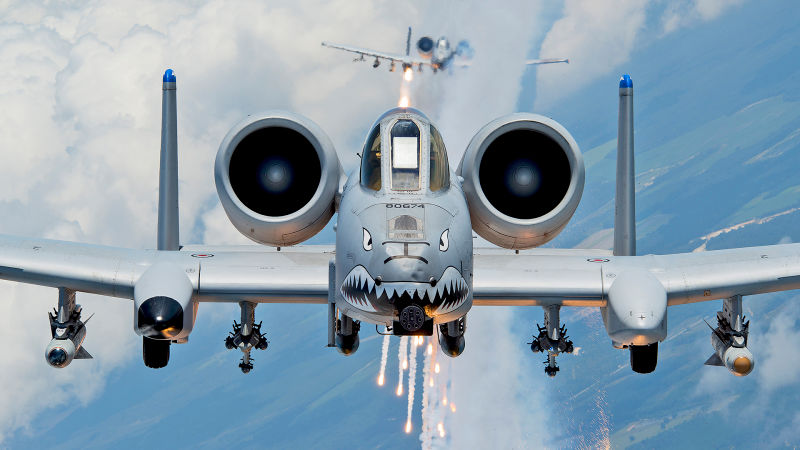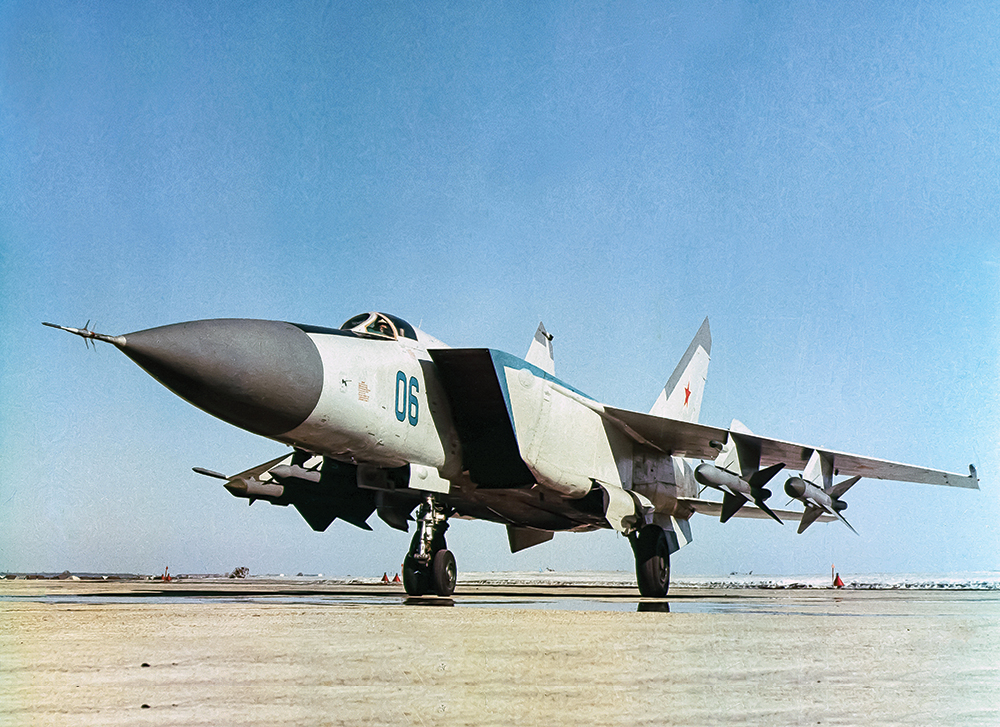Kruska
Diamond Member
Personally I find that the 70'ies ushered into a new philosophy of military fighter aircraft - away from known standard designs to e.g. swept wing, all round visual canopies, double twin tails, right up to novel air-intake configurations.
I remember us teenagers viewing these Jane's-Aircraft pocketbooks in the 70'ies and Wow, there was this F-16 - unheard/unseen design - an air-intake located at the belly - an all round view canopy, could this machine actually fly and perform? Well nowadays we all know that it became one of the top fighter-aircraft of the world.
Any photos and input is most welcomed - but let us keep to "active" military aircraft of the 70'ies - thanks
F-16, initially a single-seat, single-engine jet fighter built by the General Dynamics Corporation (now part of the Lockheed Martin Corporation) for the United States and more than a dozen other countries and that has seen well over 4,000 examples produced. The F-16 originated in an order placed in 1972 for a lightweight cost-effective air-to-air fighter. Current models are also all-weather capable and effective for ground attack as well. The U.S. Air Force took first delivery in 1978.
And it all started with the YF-16


I remember us teenagers viewing these Jane's-Aircraft pocketbooks in the 70'ies and Wow, there was this F-16 - unheard/unseen design - an air-intake located at the belly - an all round view canopy, could this machine actually fly and perform? Well nowadays we all know that it became one of the top fighter-aircraft of the world.
Any photos and input is most welcomed - but let us keep to "active" military aircraft of the 70'ies - thanks
F-16, initially a single-seat, single-engine jet fighter built by the General Dynamics Corporation (now part of the Lockheed Martin Corporation) for the United States and more than a dozen other countries and that has seen well over 4,000 examples produced. The F-16 originated in an order placed in 1972 for a lightweight cost-effective air-to-air fighter. Current models are also all-weather capable and effective for ground attack as well. The U.S. Air Force took first delivery in 1978.
And it all started with the YF-16



